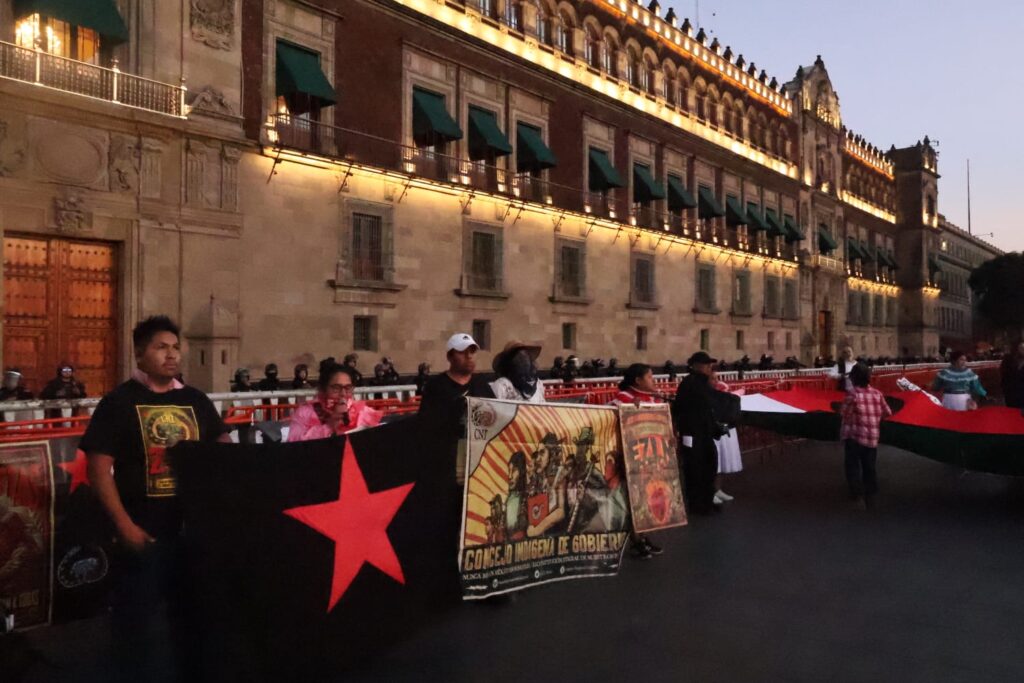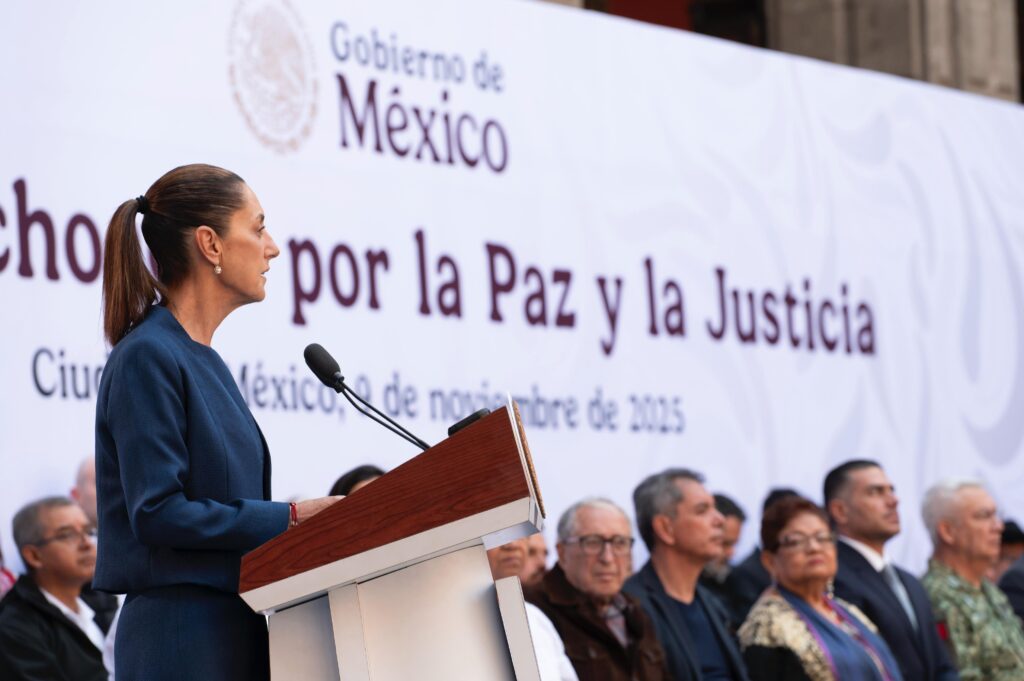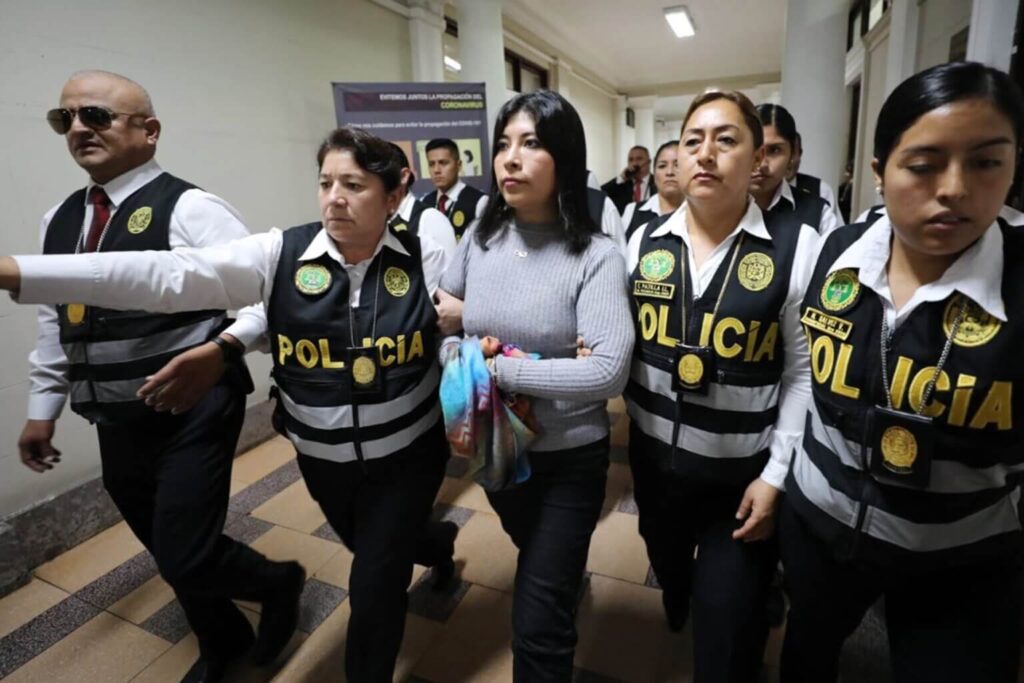Rotten infrastructure, no water, no furniture, and above all, high economic barriers for children from poor social backgrounds: The conclusions of a diagnostic study, published by the National Council for the Evaluation of Social Development Policy (Coneval) this week, put into question Mexico’s universal right to education, and will present a formidable challenge for the new President López Obrador.
In theory, free education for all is a right firmly established in Mexico’s constitution. Yet more than a million children, or about 13% of children in school age, do not attend classes because they cannot afford it. Of those between 15 and 17, more than a third of children are affected, the report finds.
The biggest criticism is severe underfunding by the State. In 2016, only 6,8% of national GDP was spent on public and private education, and public spending only reached a mere 5,1% of GDP. According to the report, this is far below current recommendations of international organizations.
The funding gap is directly visible when contemplating the dire state that many school buildings are in: According to the report, 20% of students enrolled in basic education are facing a lack of basic infrastructure in their schools, and a sixth cannot count with basic furniture in their classrooms.
To make matters worse, many school buildings have been affected or destroyed by last year’s earthquake. Investigate journalists from NPR’s Radio Ambulante have recently questioned government claims that 100% of students are back in the classroom, pointing at several irregularities that they see as evidence that classes are still disrupted. According to the Coneval report, almost a third of schools are today located in a building that is not fit for educational purposes.
Teaching staff is equally affected by the lack of funds. Teacher-to-student ratios, often seen as a good indicator for teaching quality, are worse than OECD average in Mexico – and class sizes in primary school have actually increased by 17% since 2005, warns the OECD report.
One might be surprised to see that according to the official data, the starting salary for an upper secondary teacher is around USD 49 300 – one of the highest among OECD countries, just after Germany, Luxembourg and Switzerland. However, statutory salaries for teachers with the most prevalent qualifications are lower than on average across OECD countries at all levels of education. Furthermore, it is worth taking a closer look at the reality of salary distribution: The first-ever education census revealed tens of thousands of salaries were affected by ample corruption, including payments made to dead, retired or ‘ghost’ teachers that never showed up in a classroom.
While Ex-President Enrique Peña Nieto had launched an ambitious reform program to improve quality of education, his flagship program has been termed a failure in Mexican and international media. For many Mexicans, the education system is a catastrophe, no matter whether you live above or below the poverty line:
“No matter how rich or poor you are in Mexico, your education is bad or very bad. Jobs are given based on connections not merit, so quality doesn’t matter,” says Alexandra Zapata, an education specialist from the think-tank Mexican Institute for Competitiveness (Imco) in a recent interview.
However, the latest reports disagree and argue that the inequality that students below the poverty line face in their school life will affect the rest of their life, too. “The low educational attainment of the population brings high levels of inequality to the labour market“, warns the 2018 Medico country note on the attainment of education indicators, published by the OECD. With the exception of attending primary school, all other indicators of access to and effectiveness of education in the Coneval report show that students from low economic status are lagging behind. Economic and learning gaps are reinforcing each other: “The Mexican education system tends to at least reproduce, if not deepen, inequalities of origin, since it does not allocate the best resources (in terms of infrastructure, teaching staff or materials) to the schools of the most disadvantaged population”, the report reads.
In addition to income, other their ethnic background may put children at risk to not attain the high educational levels. More than a million of schoolchildren speak one of Mexico’s over 68 indigenous languages as their first language, and Spanish is often not spoken at all in their families. However, teachers are often not trained or placed to accommodate indigenous students: According to news reports, only 60% of the teachers who speak an indigenous language work in classrooms where students speak the same one. Furthermore, there are still allegations that schoolchildren who speak Mixteco, Nahuatl or other native languages face severe discriminations up to physical castigation by teachers.
Few days after the new President AMLO has officially entered the office, the urgent tasks on his desks are starting to pile up: “Although the third constitutional article establishes that every person has the right to education, the evidence presented shows that education access, permanence, trajectory and practice are strongly linked to access barriers faced by people depending on their low economic background, indigenous status, disability, maternity, or place of residence”, the report concludes in its grim assessment. Mexico’s school system could be the key to lifting people out of poverty – if education manages to get on top of AMLO’s political agenda.
Read more: Mexico’s Presidential Inauguration: What is AMLO’s new government set to inherit?










